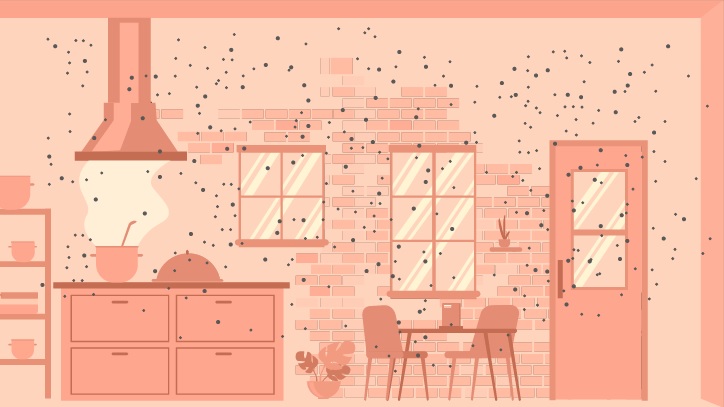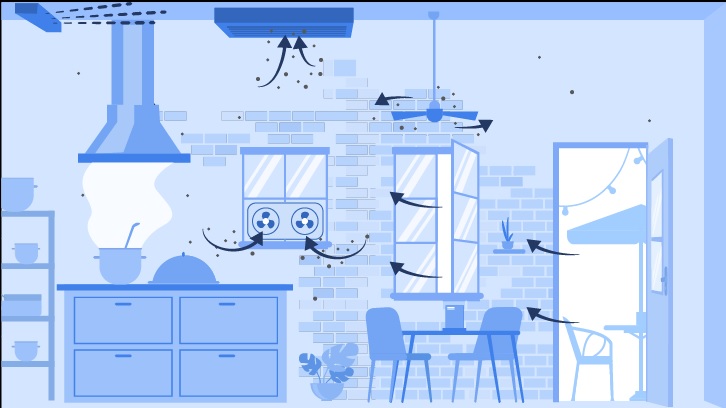Improving a building’s ventilation system can increase the supply of clean air and help prevent the spread of respiratory infections, according to a CDC update on COVID-19.
According to the new guideline , "good ventilation is essential to maintain a healthy indoor environment and protect building occupants from respiratory infections." According to the CDC, protective ventilation strategies are important to prevent the buildup of droplets and small virus-containing particles that people exhale.
This published guide reviews basic strategies such as heating, ventilation, and air conditioning (HVAC) system maintenance. Additionally, the CDC recommends regular filter changes and ensuring filters fit properly.
The CDC also suggests improved strategies to improve ventilation, filtration, and air treatment systems in buildings to reduce the concentration of viral particles in the air. These strategies include:
|
Additionally, low-cost, low-energy strategies are available, and CDC encourages buildings to participate in the Clean Air in Buildings Challenge, which provides guidance on ways building owners and operators can use to improve indoor air quality and reduce the spread of viral respiratory infections.
“Ventilation systems bring fresh outside air into rooms, filter or disinfect the air there, and improve airflow,” according to the guide. “Making upgrades or improvements to your building’s ventilation system can increase the supply of clean air and reduce potential contaminants in indoor spaces. “This can help reduce the number of viral particles in the air.”
Stuffiness

Good ventilation

Reference
Improving ventilation in buildings. Centers for Disease Control and Prevention. May 11, 2023. Accessed May 16, 2023. https://www.cdc.gov/coronavirus/2019-ncov/prevent-getting-sick/Improving-Ventilation-in-buildings.html.















